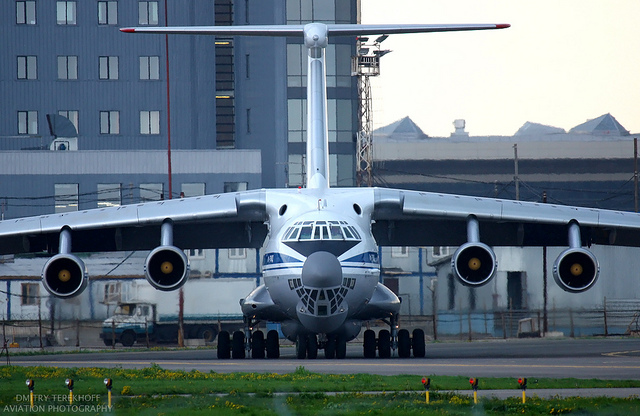 While cargo volume expansion in Asia-Pacific was only minimal in 2013, the region’s positive performance enabled the global airport industry to post gains last year.
While cargo volume expansion in Asia-Pacific was only minimal in 2013, the region’s positive performance enabled the global airport industry to post gains last year.
“The Middle East and Asia took the lead in both passenger and cargo growth,” said Angela Gittens, director general of Airports Council International, at the ACI Asia-Pacific/World Annual General Assembly 2014 held recently in Seoul, South Korea.
“Although Asia-Pacific only grew 2.1% in cargo, it managed to pull the rest of the world into positive territory due to the fact that it handles 38% of the world’s total cargo throughput.”
Airport operators around the world agreed at the event to forge stronger collaboration as a means to strengthen the aviation industry as global trade remains uninspired.
“Collaboration extends our reach and makes more progress possible,” said Gittens. “We are stronger together, but we would not be seen as valuable allies if we were not seen as capable of providing solutions—if we were not seen as having high standards and were not committed to achieving them.”
“This is where the community of airports—the promotion of excellence—comes to the fore. A big advantage that we have as airport operators is the willingness to help each other, even in this era of more competition. We know that weakness anywhere hurts our system and ultimately hurts each of us.”
Despite the worldwide economic uncertainty and political instability in many countries in 2013, airports reported passenger and cargo traffic growing at faster rates than the previous year, indicating signs of a subdued recovery, said Gittens.
Passenger traffic grew at 4.8 percent last year versus 4.4 percent in 2012 and cargo, although still sluggish, nearly hit the 1 percent growth mark, at 0.9 percent in 2013 versus 0.5 percent in 2012.
The industry as a whole was profitable in 2013, posting a net profit margin of 13 percent. Nonetheless, said Gittens, industry profitability is primarily generated from the 20 percent of airports that carry the bulk of passenger traffic.
In fact, 67 percent of airports globally operate at a net loss and 80 percent of airports with fewer than a million passengers posted an average net loss of 6 percent. Furthermore, airports with fewer than one million passengers had a return on invested capital of negative 1.1 percent.
“Other industry players increasingly see airports and ACI as valued collaborators,” Gittens said. “This philosophy culminated in our first-ever Memorandum of Understanding with the International Air Transport Association [IATA] last October. The MoU is followed by annexes in which ACI and IATA have agreed to work on specific activities, including cooperation on ground handling best practices; automated border control; improvement of existing passenger security processes; and the joint Smart Security initiative.”
ACI is a worldwide association of airports with 591 member-airport authorities operating 1,861 airports in 177 countries.
Photo: Dmitry Terekov





